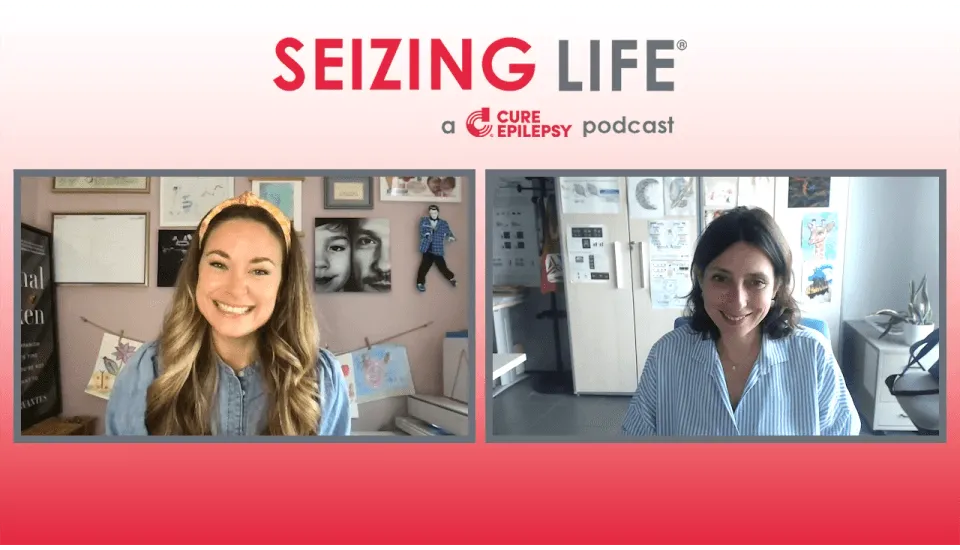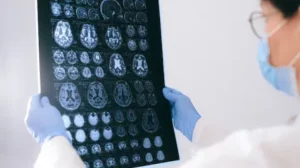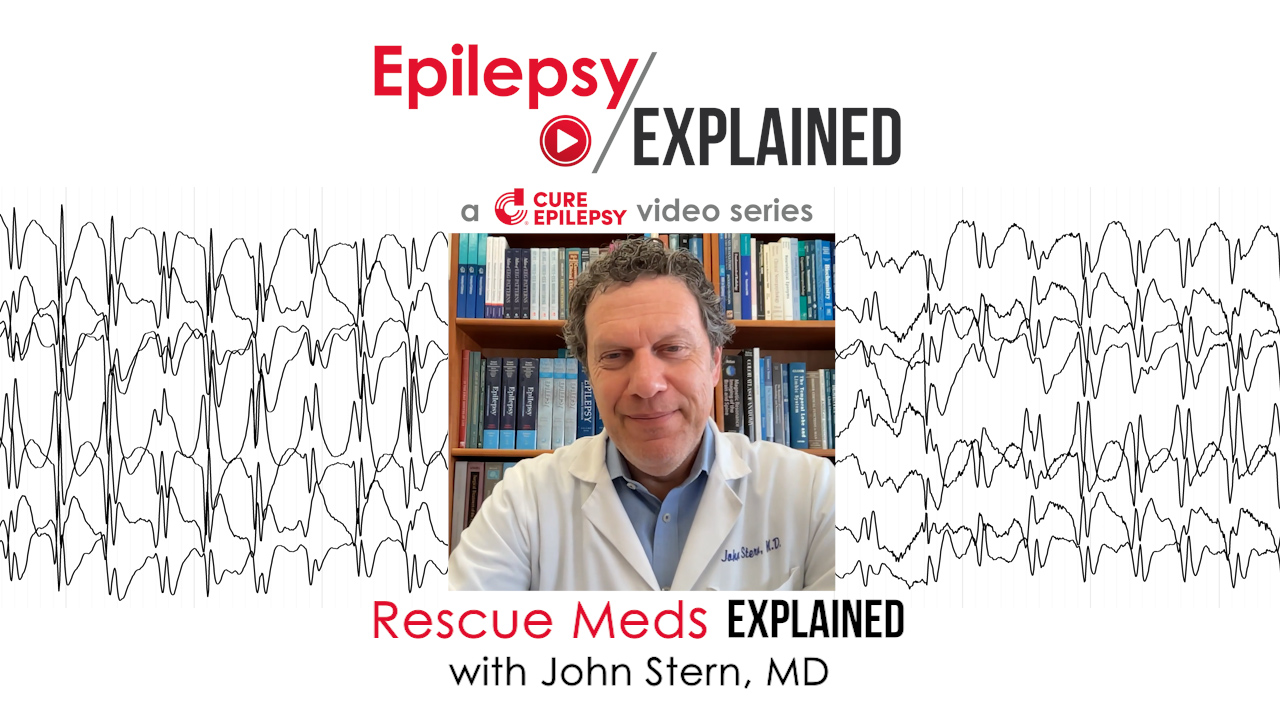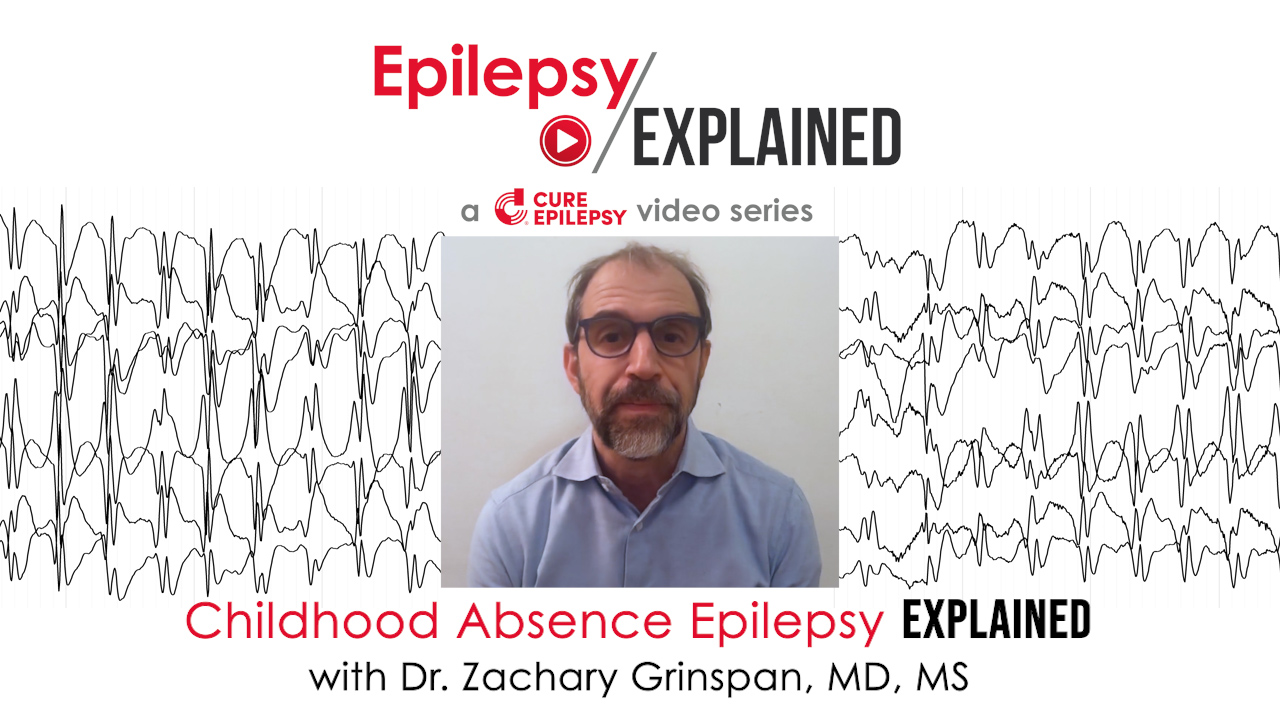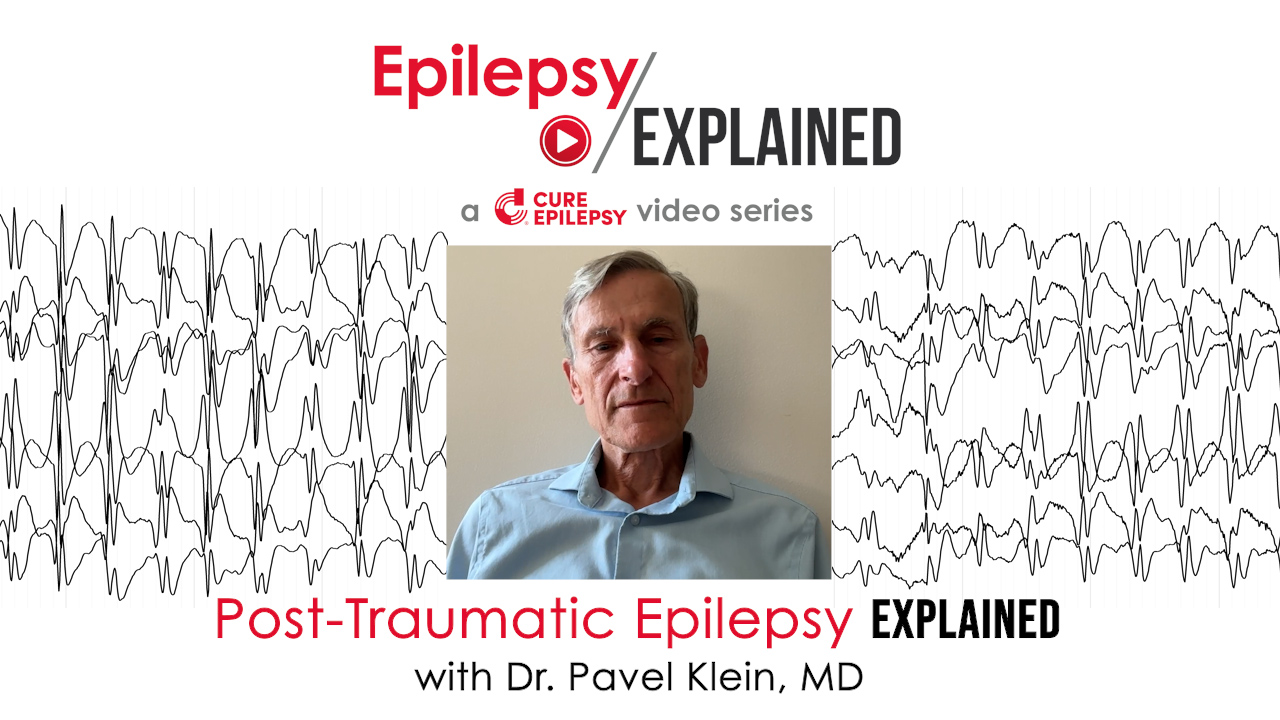Who Should Have Seizure Rescue Medications and Why
This month on Epilepsy Explained we look at rescue medications with Dr. John Stern, Professor of Neurology and Director of the Clinical Epilepsy Program at the Geffen School of Medicine at UCLA. Dr. Stern answers your questions about rescue medications and how they are an integral part of a seizure action plan. In Rescue Medications Explained, Dr. Stern answers the following questions.
0:16 How are rescue medications different than daily epilepsy medications prescribed by my doctor?
0:53 Who should be prescribed rescue medications?
2:52 What are the different types of rescue medications, and how does a doctor decide which one is right for me?
4:36 What is a seizure action plan and how do rescue medications fit into that plan?
5:51 Who should know about my rescue medications and what do they need to know?
6:54 What if seizures don’t stop after a rescue medication is administered?
8:25 If rescue medications work so quickly and effectively, why would a person with epilepsy take a rescue med any time they have a seizure?
9:04: Do rescue medications have side effects that I need to be aware of?
Video Transcript
How are rescue medications different than daily epilepsy medications prescribed by my doctor?
Dr. John Stern:
The care for epilepsy includes many elements. Preventing seizures is the most important. That’s the essence of epilepsy. And the daily medications are intended to prevent seizures from occurring, and so they’re taken day after day because we don’t know when seizures will occur, and it takes time for each of these medications to build up and have their benefit. Unfortunately, sometimes the daily medication fails, and the rescue medications, that are also called urgent medications or immediate medications, are helpful to provide additional care in the situation that a seizure has occurred.
Who should be prescribed rescue medications?
Dr. John Stern:
There are several reasons why rescue medication may be prescribed, and the first one to talk about is the one based upon the FDA’s approval of rescue medications for epilepsy, which is the occurrence of seizure clusters. Some people with epilepsy have a pattern that when one seizure occurs, several other seizures follow or at least one additional seizure follows, meaning the seizures occur in clusters or sometimes this is called flurries or groups. And so that first seizure means that there’s an increased risk for additional seizures over a relatively short period of time. How short a period of time varies, but it could be minutes to hours to later in the day. In these situations, a rescue medication can be very helpful because although it can’t prevent that first seizure, it can help decrease the risk of additional seizures on that day. And decreasing any number of seizures is helpful and valuable.
Other reasons include the concern for prolonged seizures. When a seizure is very prolonged, it’s called status epilepticus, and this is a medical emergency. Fortunately, people who have epilepsy and have seizures that are not fully controlled have seizures that are very much similar from seizure to seizure. And by similar, I mean in what happens during the seizure and how long the seizure lasts. There’s a chance of the seizure going longer than typical, and when it goes longer than typical, meaning several minutes longer, especially if it lasts longer than five minutes of the actual seizure, not the recovery period, there is an increased risk of it continuing. And this is a situation where a rescue medication would be useful, and this is the reason why some people go to the hospital for care. Having a rescue medication allows the initiation of that care wherever one is because it doesn’t require an emergency room for administration.
What are the different types of rescue medications, and how does a doctor decide which one is right for me?
Dr. John Stern:
The rescue medications have a lot of similarity in how they work, but much difference in how they’re administered and how long they last and how quickly do they work. And so we have the choices of oral, intranasal through a spray into the nostril, perirectal, which is something that is squirted into the rectum, and in the ER, in the ambulance, it also could be given intravenously into a vein or into the muscle. For prescriptions for the regular patient, the choices really are oral, intranasal, and perirectal. And deciding among these depends upon how quickly it needs to work and how long one wants it to work, meaning how long does it need to work for that particular patient, and what’s possible. And these are all factors that are considered in the choice of what is the best prescription for that patient. In addition to this, it could be also what medication has been tried in the past and how well that worked for the person.
Another reason a rescue medication is sometimes prescribed is in the situation where there is a concern about being outside of access to healthcare. And sometimes this is with patients who have not had severe seizures or have needed rescue meds normally but are going to be in remote areas, maybe camping or maybe even on a intercontinental flight, where the concern is what if a bad seizure occurs? What happens if there’s some change in my condition and what can we do? And so having the rescue medication is a backup plan for that, almost like a first aid kit, to address that possibility and provide some peace of mind.
What is a seizure action plan and how do rescue medications fit into that plan?
Dr. John Stern:
Seizure action plans most often refer to documents required by the schools of people with epilepsy to provide the school with information as to how to provide care and what care should be delivered if that person has a seizure while at school. And so it’s more narrowed toward what that school’s requirements are. But I think of a seizure action plan as really a broader idea, and it’s useful as a broader idea because it’s how to address what to do if a seizure occurs in any circumstance. And so a seizure action plan would be valuable for the family, for the roommates, maybe even in the place of employment, with recognition as to what should be done if a seizure occurs. And some facets could be what care should be delivered during the seizure, what to look for as far as deciding if calling emergency medical services, 911, is necessary. It also can include information about when to administer a rescue medication. A person who has a rescue medication may not need it after every seizure. It varies across people, and so the decision tree about when to use that could also be part of a seizure action plan.
Who should know about my rescue medications and what do they need to know?
Dr. John Stern:
Often the person having a seizure is not the person who administers the rescue medication. It’s possible that it could be the person because it could be after the seizure is over, person has some clearing of awareness and recognizes there’s a history of clusters and might use the rescue med then. However, administering the rescue medication earlier can have benefit, and that means it’s being administered by somebody else. And so it comes down to whoever is around the person regularly, somebody who the person with epilepsy trusts to know when to use it and how to use it. This is where a seizure action plan is useful, and they need to know how to administer it. They have to have some familiarity with the device and how to unpack it and where to place it and how to deliver. Generally, these devices are relatively simple, but in the situation of a seizure, people don’t always think so clearly because of the concerns, the fear, and so having familiarity ahead of time makes everything go much more smoothly and to the benefit of the patient.
What if seizures don’t stop after a rescue medication is administered?
Dr. John Stern:
If a rescue medication is given during a seizure and the seizure continues, it could be that it’s taking some time for the rescue medication to work. These rescue medications are not immediate. They will take a minute or two. However, time is really important, and if a seizure lasts longer than five minutes, and five minutes is the typical number that’s given, concern exists that that seizure continuing to last longer, which makes it more of a medical emergency. Every seizure is an emergency, but some seizures require more advanced care, and that’s based upon how long the seizure lasts. Discussing with the doctor whether five minutes is the right time for that particular patient is important, but if several minutes has passed and the seizures lasting longer than the time period the doctor feels should be waited and the seizure’s continuing, then calling for emergency medical services would be warranted.
The important part of this is differentiating between what is the active seizure and what’s the recovery time from the seizure, because when a seizure ends, the person can still be confused and not really themselves although they’re recovering, and that is not a situation for a rescue medication. That’s a situation to allow the recovery to proceed. And so talking about differentiating between the active seizure and the recovery period, which is sometimes called the postictal state, is important, as well.
If rescue medications work so quickly and effectively, why would a person with epilepsy take a rescue med any time they have a seizure?
Dr. John Stern:
So, a rescue medication is intended to stop a seizure that’s continuing or prevent additional seizures if person has a history of clustering. Most seizures end on their own, in a minute and a half, two and a half minutes, and by that I mean the active seizure, not the recovery period. And if the seizure is resolved on its own, a rescue med is not necessary, especially because although the rescue medications are quick, the time to actually get it, administer it and allow it to work will be about the time the seizure lasts. And so the person’s seizure is over, and if there’s no history of clustering, there’s no need for the rescue medication.
Do rescue medications have side effects that I need to be aware of?
Dr. John Stern:
Each of the rescue medications produces some drowsiness as a side effect. We know that that drowsiness most often does not become an issue because when compared to having a seizure, the seizure is more likely to produce a drowsiness than the medication, but some drowsiness occurs. Although the other side of this is that if a medication’s being used to prevent a seizure, I would rather have my patient be drowsy than have a seizure, and that’s what I hear from patients, as well.


